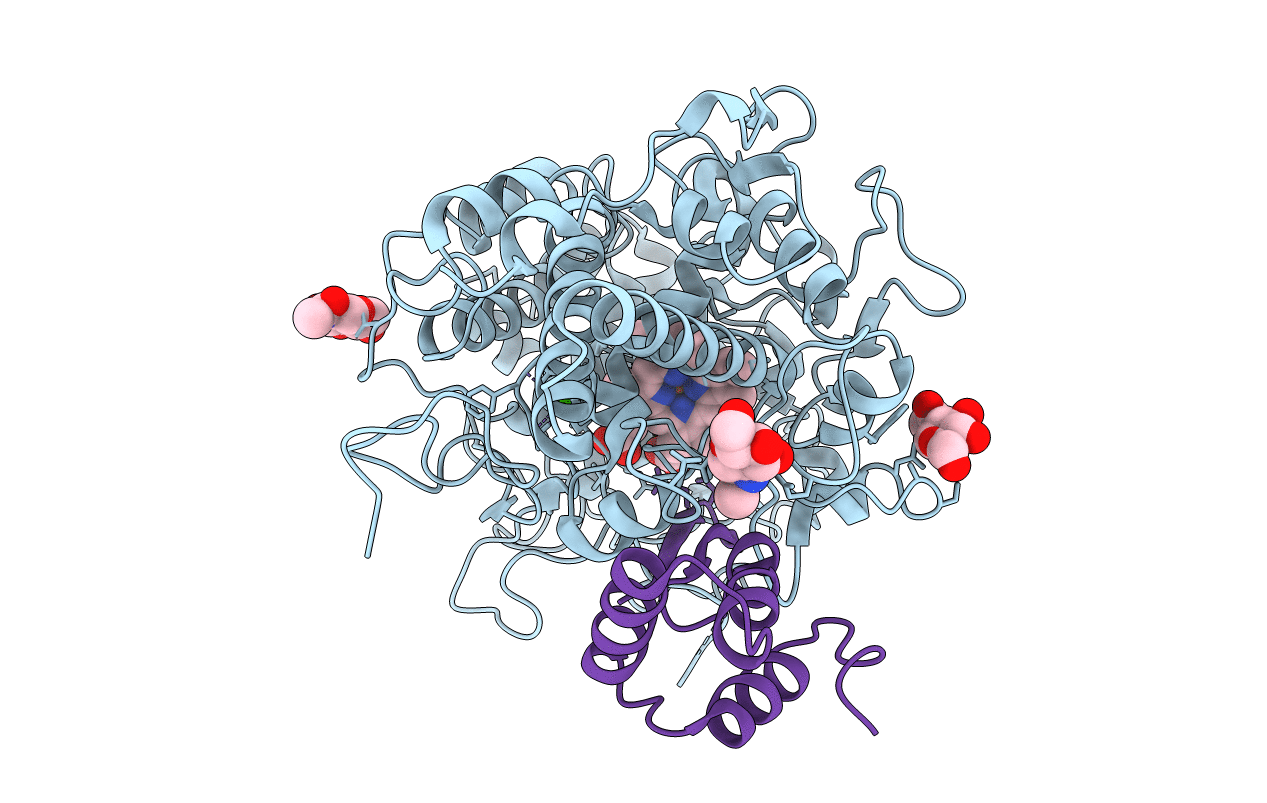
Deposition Date
2017-11-15
Release Date
2018-01-03
Last Version Date
2024-10-30
Entry Detail
PDB ID:
6BMT
Keywords:
Title:
Crystal Structure of a Recombinant form of Human Myeloperoxidase Bound to an Inhibitor from Staphylococcus delphini
Biological Source:
Source Organism:
Homo sapiens (Taxon ID: 9606)
Staphylococcus delphini (Taxon ID: 53344)
Staphylococcus delphini (Taxon ID: 53344)
Host Organism:
Method Details:
Experimental Method:
Resolution:
2.40 Å
R-Value Free:
0.21
R-Value Work:
0.18
R-Value Observed:
0.18
Space Group:
P 21 21 21


